Tag: LED Display Brightness and viewing angle,LED Display Uniformity and Clarity,Reason of LED display malfunction dot rate,LED Display Lifespan,LED Display Energy consumption and Energy efficiency

1. Brightness and viewing angle
The LED display screen brightness are depends on LED luminous intensity and density. In recent years, LED SOI, denotation, chip and package a series of new technologies are emerging. In particular, Indium Tin Oxide ( Ito ) current expansion tier technology and process are tending to stability and maturity so that the LED luminous intensity is in a substantial increase. At present, world-class brand low power LED on the horizontal viewing angle is 110 degrees and vertical angle is 50 degrees. Luminous intensity is up to 4000mcd of green LEDs, red LEDs are up to 1500mcd and blue LEDs are up to 1000mcd. When the pixel pitch is 20mm, the display brightness can be reached over 10000nit. The display can work full-time in any environment.
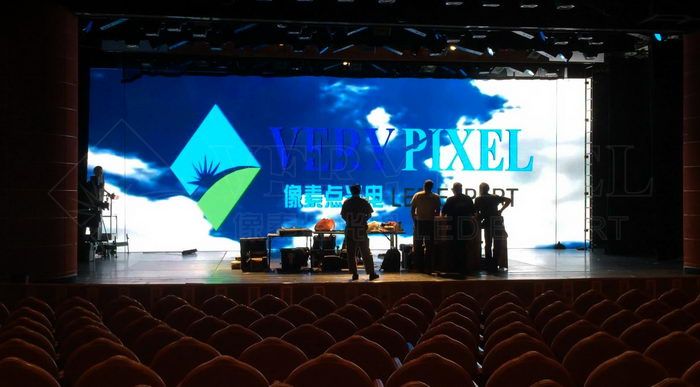
When it comes to LED display viewing angle, there is a phenomenon that we should be thinking about that is half of the luminous flux of outdoor LED full color display are disappeared when people watch the screen from the bottom up.
2. Uniformity and Clarity
Uniformity has become the most important indicators to measure the pros and cons of the display after years of development. People always use words like” dust effect “and “the phenomena of mosaic” to describe serious uneven phenomena between the pixels and modules.
The main reasons that caused LED display uneven are LED the inconsistency of their performance parameters; Display assembly lack of precision in the production and installation process; Other electronic components of the electrical parameters consistency is not good enough; Module and PCB design is not standard, etc.
Where “LED the performance parameters of inconsistency “is the main reason. They are including light intensity is inconsistent, optical axis is inconsistent, color coordinates are inconsistent, the base color intensity distribution curve and attenuation characteristics of inconsistency.
How to solve the problem of LED performance parameters inconsistency? There are two ways; the first one is to make a further subdivision of LED specification to improve the consistency of LED performance. The second way is to adjust consistently to improve LED screen uniformity. LED correction techniques developed from simple correction to the light intensity color coordinate correction nowadays.
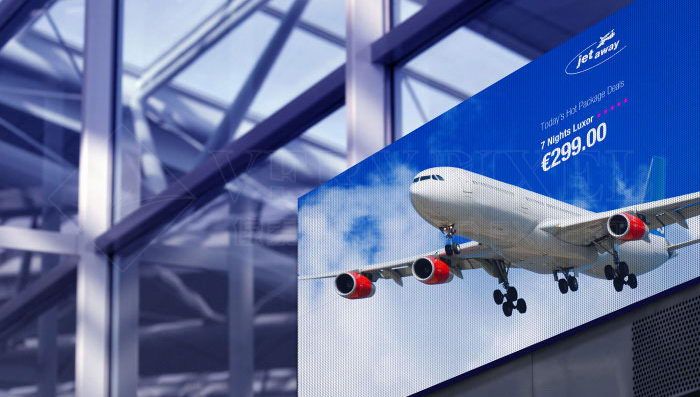
However, we think that the subsequent correction is not everything. If the optical axis is inconsistent, light intensity distribution curve is inconsistent, attenuation characteristics of inconsistency, poor assembling precision and non-standard design, and these problems can not be fixed by correction and they might have some bad influences on subsequent correction.
Therefore, our conclusion is that in practice: subsequent correction is just the treatment table, while LED subdivision is the ultimate solution, which is the future of LED display industry mainstream.
Speaking of the relationship between LED screen uniformity and clarity, there is a mistaken understanding that is regard resolution as definition. Actually, LED display definition is the comprehensive subject feelings of ones eyes to the screen resolutions, uniformity, brightness, contrast. Simple narrow the physical pixel pitches to increase resolution and neglect of uniformity will not have any improvement to LED display screen clarity.
Imagining that a LED display screen has serious problems in “Effects of dust “and” Mosaic phenomenon” Even if its physical pixel pitch is smaller and resolution is higher, it could not have good image clarity.
Thus, currently restricting the improvement of LED display screen clarity is “uniformity “instead of " physical pixel pitch ".
3. The reason of LED display malfunction dot rate
There are many reasons may cause LED display out of control but the most important reason is that “LED Failure”.
LED main cause of the failure can be divided into the following two aspects: one is the poor quality of LED itself, another is using in an improper way. We summarize the correspondence relationship between the LED failure modes and the above two main reasons.
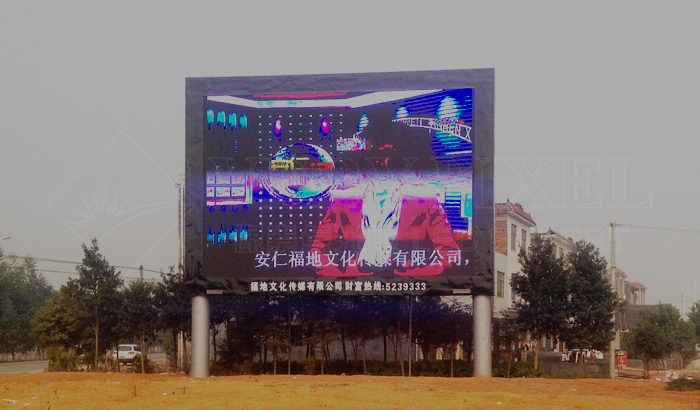
In generally, LED failure is can not be found in regular inspection except being electrostatic discharge, high current (caused by the high junction temperature), external force and some improper uses. Many LED failures are happened under too high/low temperature or the rapidly changing of temperature or other adverse conditions. Due to differences in the LED chip, epoxy resin, bracket, inner lead, solid crystal glue, PPA cup thermal expansion coefficient and other materials, causing different internal stresses generated.
4. Lifespan
Factors influencing the service life of LED display screen with internal and external causes. The external reasons are properties of peripheral components, LED light emitting device performance and fatigue resistance of products. The internal reason is the operating environment of LED display screen.
A. Effect of peripheral components
In addition to LED light emitting diodes, LED display screen also uses many other peripheral components, including circuit board, plastic shell, such as switching power supplies, connectors, Shell. If any of these parts have problem, it may result in reducing the life time of LED display screens.
Therefore, the maximum lifetime of the display is determined by the life of the key components of the shortest life. For example, LED, metal outer shells of switching power supply, we selected materials according to the 8 - year standard. But the protection of the circuit board processing performance can only support it to work for 3 years, and after that the materials will occur corrosion damages, which means we can only get a 3 - year life LED display.
B. Effect of LED light emitting device performance
LED light emitting diodes is the key and most important part to LED display. The indicators for LED as following: Attenuation characteristics, anti - permeability of water vapor, UV - resistant properties. If LED displays manufacturers wrong evaluating those indicators that will cause a lot of quality accidents seriously affected the life of LED display screen.
C. Effect of product fatigue resistance
How the anti - Fatigue Performance of LED display products depending on the production process. Poor three-anti process is hard to make sure good module fatigue resistance. When the temperature and humidity changes the surface protection circuit board will be cracked and resulting drops in LED modules protective performance.
So the production technologies are also the key factors determining the lifetime of LED displays. The relatively process LED displays are Component storage and pretreatment process; Welding Technology; Three-anti Process; Waterproof sealing techniques, etc. For most LED display screen manufacturers, experiences are important and a plant with many years of experience that take control of the production process will be more effective.
D. Effect of Operation environment
For different applications, LED displays working conditions are vary. Speaking from working environment, there is a small temperature difference indoor and barely affected by ultraviolet light and snowing. But outdoor temperature can be up to 70 degrees, plus with the wind, rain and sunlight, which would increase the aging of the display. So working environment is an important factor affecting the lifetime of LED display.
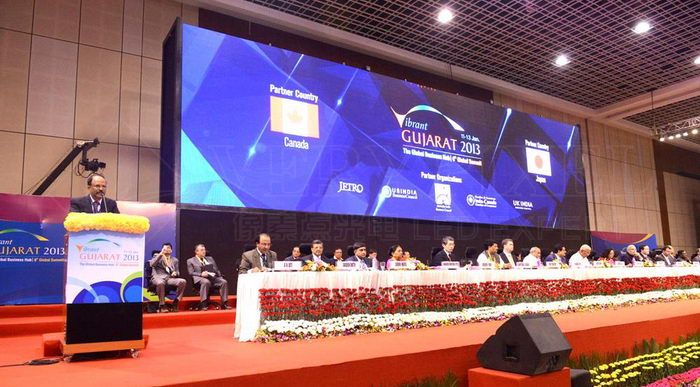
LED display monitor's life is determined by several factors, but some of these outer factors can be able to eliminate through exchanging the components to constantly renew the lifetime. LEDs can not be instead, once the LEDs broken that means the whole display screen is terminated.
The lifespan of LED determined the life of LED display screen we are talking about but not saying that LED life is equal to the life of the screen. Because while the LED screen is under operating, not every LED works at full capacity all the time. When the screen playing videos, LED display screen lifetime should be 6-10 times to LED lifespan. When LEDs working in a small current environment, lifetime would be longer. Therefore, we should select branded LED displays that their lifetime is up to 50,000 hours.
How to make a longer LED lifetime? In general, we can start with both parts and device applications. In terms of device manufacturing, select high-quality epitaxial materials to increase the chip areas, reduce the current density, balance current density, reduce the thermal resistance and select excellent performance and strong UV - resistant packaging materials to make longer LED lifetime.
In terms of devices application, regarding radiating as center from modules design to project implementation even to the future system maintenance, reduce the LED operating current, properly configured LED to synchronize the primary color LED attenuation are effective way to extend the lifespan of LED display.
Whether the LED lams are stable, quality good enough are concerned with cooling of LEDs itself. Currently on the market, the cooling measures of full-color high-brightness LED display are not good, they usually using natural cooling, which will greatly affect the using life of LED screen.
5. Energy consumption and Energy efficiency
Improving the LED luminous efficiency and reducing energy consumption of the display is an important development trend of LED display technology.
It has the following positive meanings:
a. Energy conservation, emissions and protects the environment;
b. To lower the capacity increasing, power equipments and thermal power devices input;
c. Saving electricity and reducing operational costs;
d. To reduce display temperature rising;
e. Delaying LED attenuation speed;
f. To improve the system reliability;
g. To reduce display optical parameters of temperature drift, stable image effects.
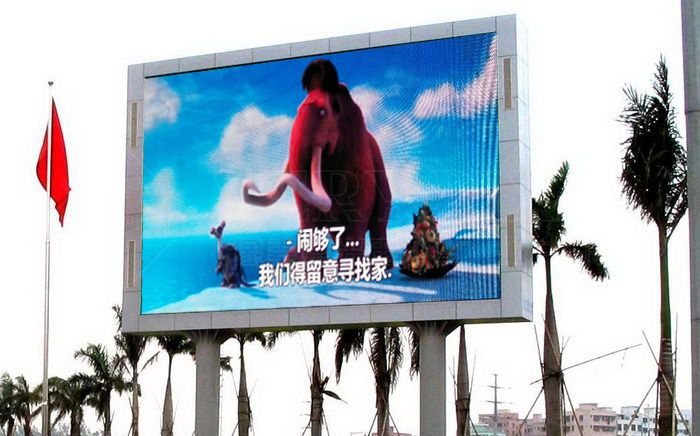
LED luminous efficiency (external quantum efficiency) is determined by the quantum efficiency in LED and escape rate. Today, LED internal quantum efficiency is above to 90%. Owing to low escape rate, external quantum efficiency becoming the bottleneck to improve LED light effects. In order to break through this bottleneck restricting in the industry, many Energy-saving LED display innovative solutions have been proposed and obtained theoretical verification. Most of them have entered the pilot phase and some parts of them have been successful, which laid a solid foundation for the final industrialization.
LED regarded as a green, energy-saving light source are popular with people of all ages. It will be a mainstream media leading the future of LED display.

Page address: http://www.verypixel.com/blog/Key_Technologies_determined_Quality_LED_Display.html